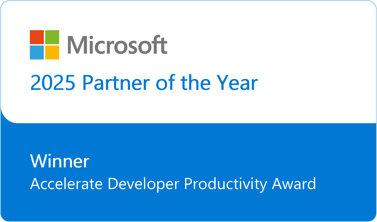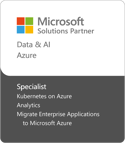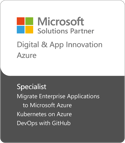Enhancing the Developer Experience
Templated environments are only as powerful as their accessibility. Even the most robust, secure, and scalable templates won’t drive adoption if they’re buried in documentation or locked behind manual provisioning processes. That’s why the next frontier in platform engineering is all about how teams discover, request, and consume templates --- and that’s where developer portals and operations catalogs come in.
These interfaces are the “front door” to your platform. They transform templates from static assets into dynamic, self-service experiences. In this post, we’ll explore how developer portals and ops catalogs enable frictionless enablement, empower teams, and scale platform engineering across the enterprise.
Developer Portals: Empowering Self-Service
Developer portals are centralized hubs where engineers can discover, request, and launch templated environments with minimal friction. They are designed to abstract away complexity and provide a guided, intuitive experience.
Key capabilities of a modern developer portal:
- Searchable Template Library: Developers can browse or search for templates by workload type (e.g., microservice, data pipeline), compliance level, SLA requirements, or cloud provider.
- One-Click Provisioning: Once a template is selected, developers can deploy environments with a single click or command, using pre-integrated GitHub Actions or Azure DevOps pipelines.
- Parameter Customization: Templates support input parameters (e.g., region, SKU, environment name) that allow developers to tailor deployments without modifying code.
- Request Workflows: For managed environments, developers can submit requests that trigger automated approval flows, ensuring governance without blocking velocity.
- Integrated Documentation: Each template includes embedded architecture diagrams, usage instructions, and links to relevant policies or runbooks.
Developer portal benefits:
- Reduces onboarding time for new developers and teams.
- Eliminates the need for manual ticketing or infrastructure requests.
- Promotes consistency and compliance through guided workflows.
- Encourages reuse and standardization across the organization.
Operations Catalogs: Enabling Governed Deployments
While developer portals focus on self-service, operations catalogs are geared toward infrastructure and platform teams who need to deploy environments at scale—often with stricter governance and oversight.
Key capabilities of an operations catalog:
- Template-as-a-Service: Templates are published as catalog items that can be instantiated by operations teams with minimal customization.
- Pre-Approved Configurations: Templates include locked-down parameters, ensuring that deployments meet enterprise standards for security, cost, and performance.
- Role-Based Access Control: Only authorized users can deploy certain templates, with audit trails for every action.
- Telemetry and Reporting: Catalogs provide visibility into template usage, deployment frequency, and compliance status.
- Integration with ITSM: Catalogs can be integrated with service management tools
Catalog benefits
- Enables consistent, compliant deployments across teams and environments
- Provides visibility and control for platform and security teams
- Supports enterprise-grade governance without sacrificing speed
Operations catalogs are the backbone of scalable platform operations. They ensure that templated environments are not only accessible but also auditable, secure, and aligned with organizational policies.
A Unified Experience
Together, developer portals and operations catalogs form a unified interface for consuming platform capabilities. They democratize access to infrastructure while preserving control, making platform engineering a shared responsibility across development and operations.
By investing in intuitive, policy-aware interfaces, organizations can unlock the full potential of templated environments --- driving adoption, reducing friction, and accelerating innovation.
NEXT:
Part 5: Real-World Scenarios and The Furure of Platform Engineering
BACK:
Part 3 Deployment at Scale – GitHub Enterprise & Azure DevOps









